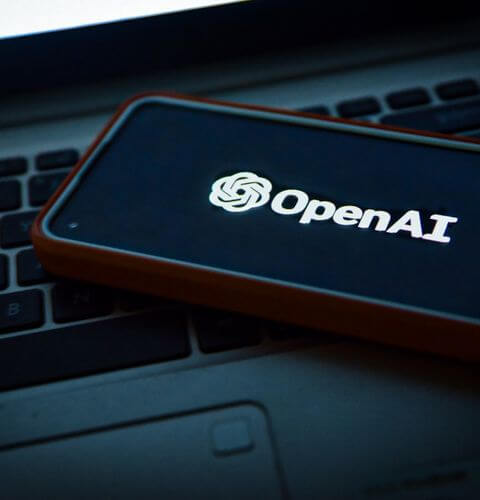There is no denying the power of generative AI. With its wide range of applications, from creating content in response to specific instructions to automating routine tasks, it has the potential to transform numerous industries. As evidenced by recent investments, with OpenAI’s ChatGPT and Google’s Bard at the forefront, generative AI is the future.
However, like any new technology, it has its limitations. GPT-enhanced chats can provide users with inaccurate information or produce biased content when they have been trained on vast amounts of unverified internet data. The developers of ChatGPT, perhaps one of its most talked about examples to date, even warn their users that it can occasionally produce harmful instructions. Understanding these limitations is essential to getting the most out of generative AI for those looking to deploy it in an enterprise setting.
In this article, I will explore some tips and strategies for managing the limitations of AI and tools such as ChatGPT.
- Understand the Limitations
The first step to managing the limitations of generative AI is to have a clear understanding of what they are. It is still a relatively new technology that may not be as reliable or well-developed as other solutions so some of these limitations are only now becoming apparent after widespread testing.
Generative AI relies heavily on the data it is trained on to learn patterns and generate new content. Chatbots like ChatGPT draw directly from the internet, which is full of unverified information, fake news, and harmful content. We have already seen many examples of significant mistakes, with Bard making a factual error in the promotional video that cost Google a $100 billion drop in market value.
By acknowledging and committing to understanding the limitations, you can gain a more accurate understanding of what generative AI is capable of achieving to strengthen your business, rather than having an unrealistic perception of it in its current form.
- Set Realistic Expectations
Once you recognise and make sense of the limitations of generative AI, you can set realistic expectations for what it can accomplish. First, it is important to clearly define the purpose for which AI-powered tools are used. This ultimately helps determine if the technology is the right fit for the tasks and what is necessary to achieve the desired outcome.
For instance, you are unlikely to be able to produce completely original content indistinguishable from human-generated content. In reality, you probably don’t want to either as the ‘humanness’ and personal knowledge you can provide is invaluable. However, you may be able to use it to create the outline for blog entries or social media posts, summarize large volumes of text, pull-out specific requested information or automate repetitive tasks such as scheduling meetings or sending out reminders.
Establishing realistic expectations is crucial when it comes to effectively leveraging generative AI. By having practical goals, you can avoid setting unattainable objectives that could result in disappointment or frustration.
- Monitor and Adjust
Deploying a generative AI tool is a significant achievement in harnessing the power of artificial intelligence for your business needs. However, the process does not end with deployment – ongoing monitoring and adjustment are essential to ensure the model’s sustained performance and utility.
Monitoring and identifying any emerging issues allows you to address them promptly. This could include low accuracy, biased responses, or an inability to meet business objectives. To ensure that the model stays relevant and aligned with changing business requirements and user needs, you will need to provide it with new data periodically. This could be crowdsourced from across the business as the individuals doing the day-to-day as those with vital expert knowledge.
- Introduce Human Oversight
But above all, the key to overcoming these limitations and preventing mistakes from happening is human oversight. With the supervision of knowledge moderators, companies can ensure that the generated content meets the desired standards of quality and relevance, and potential errors can be caught before they cause harm or damage.
At Biomni, we’ve incorporated GPT-3’s natural language abilities into our multi-platform solution, Tenjin, to make it more user-friendly and engaging. We’ve also made sure that the tool only searches our client’s internal knowledge databases while our conversational designers supervise the whole process. This helps to minimize the possibility of incorrect or irrelevant responses.
It’s important to note that our language and society are incredibly complex, and it can be difficult for AI to fully understand all of the nuances and context. This is where human oversight plays a crucial role in ensuring the quality of generative AI.
Final words
There is a reason why artificial intelligence is on everyone’s lips. Nearly every week brings further testimonies of its usefulness, with users sharing their stories about ChatGPT writing complex code for them or giving them fresh business ideas. However, like any new technology, it also raises concerns and limitations.
If managed appropriately with human oversight and control, the latest generative AI technology can offer tangible advantages to businesses. By ensuring that human moderators supervise and direct the responses, organizations can maximize the benefits of the technology while minimizing potential risks and limitations.
About the author
Angus Gregory is the CEO of Biomni, the software vendor of Tenjin. Tenjin is a virtual assistant combining AI with a crowdsourcing approach to make business knowledge easy to access, always current and relevant to its intended audience.







